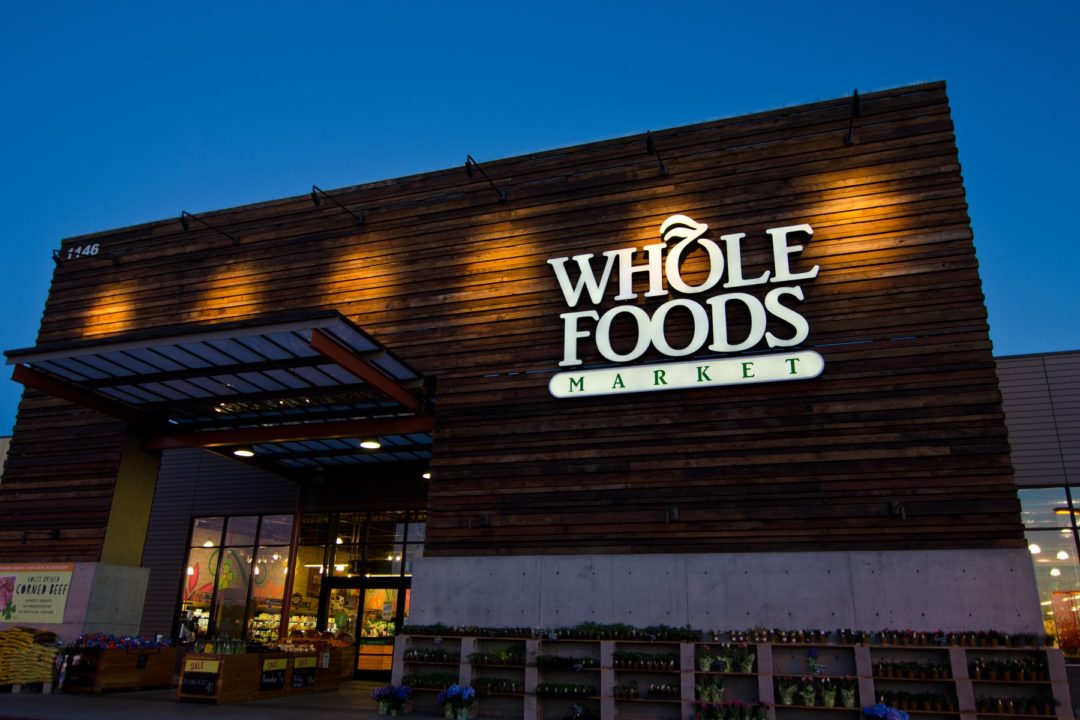


Jay Jacobowitz is President and Founder of Retail Insights®, a professional consulting service to the natural organic products industry, with a focus on retail. With nearly 50 years of industry experience, Jay publishes annually the Retail Insights® Retail Universe for U.S. Premium Natural, Organic Food, Supplement, and Personal Care Sales, the definitive source for natural products sales through all U.S. retail channels, and provides retailers strategic guidance for expansions, relocations, valuations, mergers, and acquisitions.
NOTE: WholeFoods Magazine is a business-to-business publication. Information on this site should not be considered medical advice or a way to diagnose or treat any disease or illness. Always seek the advice of a medical professional before making lifestyle changes, including taking a dietary supplement. The opinions expressed by contributors and experts quoted in articles are not necessarily those of the publisher or editors of WholeFoods.
